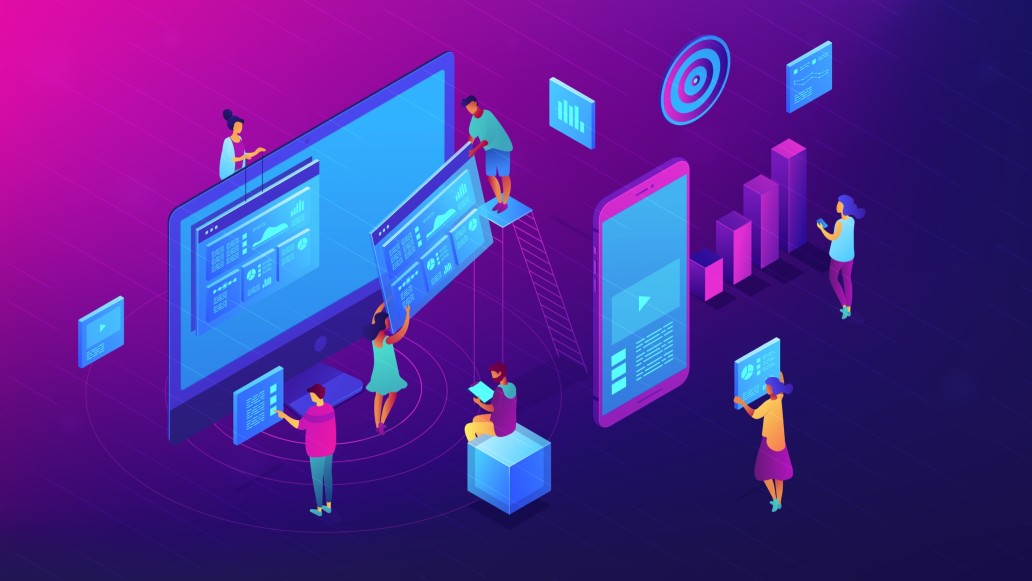Future-Proofing Education
We bring our knowledge and skills to school systems to improve the learning experience for teachers and students alike. The education system encompasses all institutions, policies, and practices that deliver formal education to individuals. From primary schools to universities, the education system is designed to equip students with the necessary knowledge and skills for personal and professional success. The U.S. K-12 education system comprises three primary types of schools: public, private, and charter. Public schools, funded by government resources, provide free education to all students and adhere to state-mandated curricula and standards. Facing a rapidly evolving technological landscape, schools are focused on fostering innovative environments that equip students, teachers, and administrators with the tools and knowledge needed to succeed in the digital era.

Addressing the diverse learning needs of students is challenging, as traditional one-size-fits-all approaches often fall short.
Teacher shortages, funding disparities and the digital divide in funding results in unequal access to technology, educational programs, and qualified staff.

Growth is often met with resistance in the form of hurdles from cultural to financial, and organizational barriers.
Scalable IT infrastructure enables flexible, accessible, and modernized educational experiences to close the gap between affluent and low-income school districts.

Accelarators

Transform your customer experience with our CX Accelerator.

Driving sales growth through Conversion Rate Optimization (CRO).

Your all-in-one framework for Agile Product Development.
Success Stories
Enablers
Discover improved customer experience, productivity, and ROI.
Scalable, secure, and agile cloud infrastructure is taking the industry by storm.
Envisage a steady stream of insights through transparent, accessible data.
Insights
World Class Customers
We have a variety of global partners we work with to help
them achieve digital transformation.































